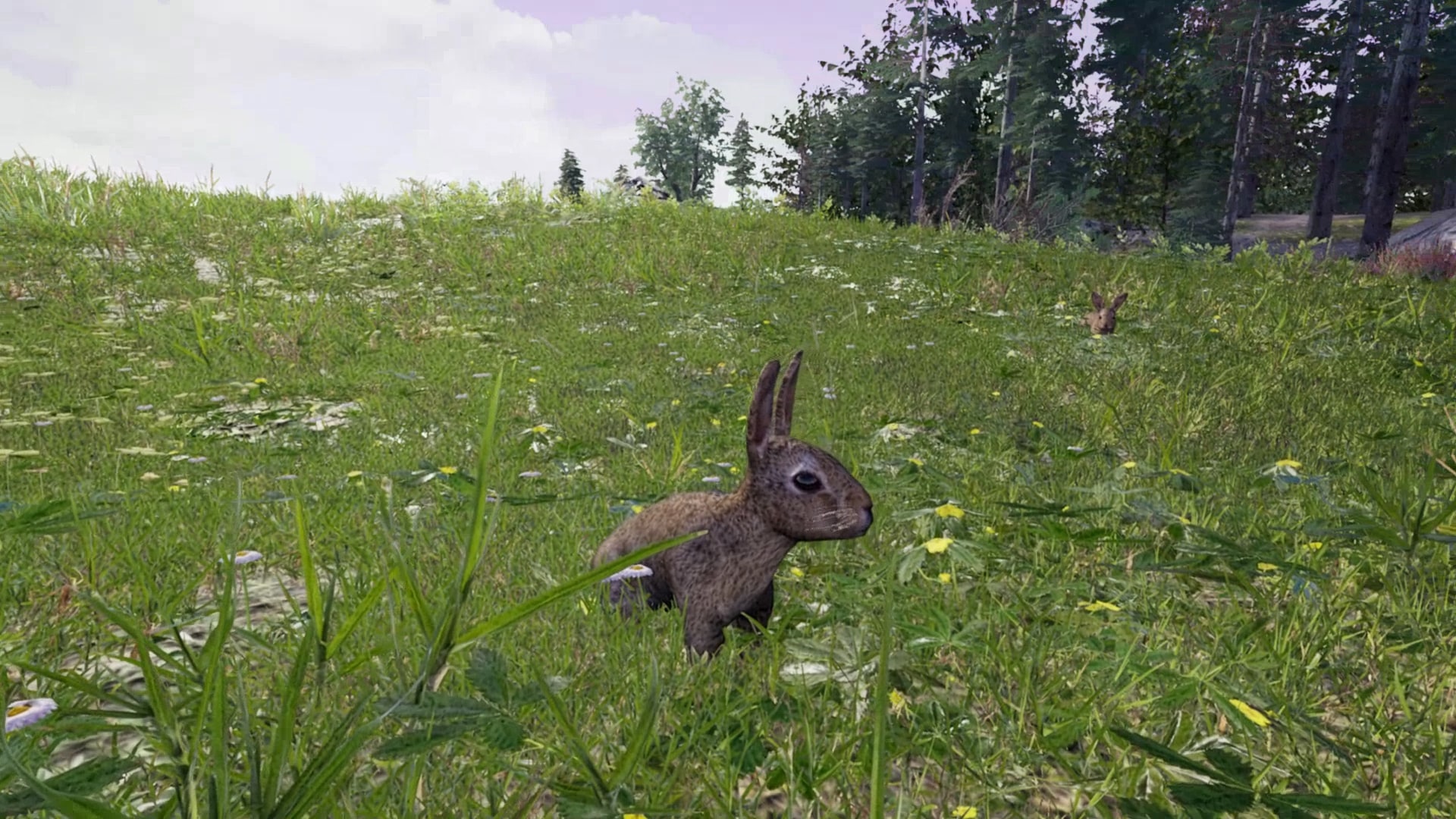Therapy for Fear of Heights
Acrophobia - fear of heights
Acrophobia is the fear associated with ascending to and being at heights. It can also occur in response to imagining oneself located on a terrace of a tall building, on a roof, ladder, etc.

Exposure therapy
Cognitive-behavioural and behavioural techniques, including exposure therapy, are highly effective in the treatment of anxiety disorders.
The gist of the exposure-based approach is to gradually enter into anxiety-provoking situations, to check to what extent the negative consequences, assumed and anticipated in one’s mind, are true, and to refrain from displaying a flight reaction to the emerging psychological discomfort (Cwalina, Stokwisz).
Benefits of exposure therapy
Without therapeutical support, a person experiencing a fear of heights tends to avoid the stimulus that provokes the negative response. This perpetuates the habit but does not solve the problem. The repeated and planned exposure to the stimulus during therapy, in which the patient confronts the source of their fear, helps to reduce the avoidance response and thus the anxiety.
Gradual exposure allows one to understand that the source of anxiety is not really a threat.
Experiencing an anxiety-provoking situation for a sufficiently long period of time triggers a habituation process, reducing the anxiety response.
Confronting the source of anxiety:
- positively influences self-esteem,
- enhances the sense of agency,
- improves the quality of day-to-day functioning.
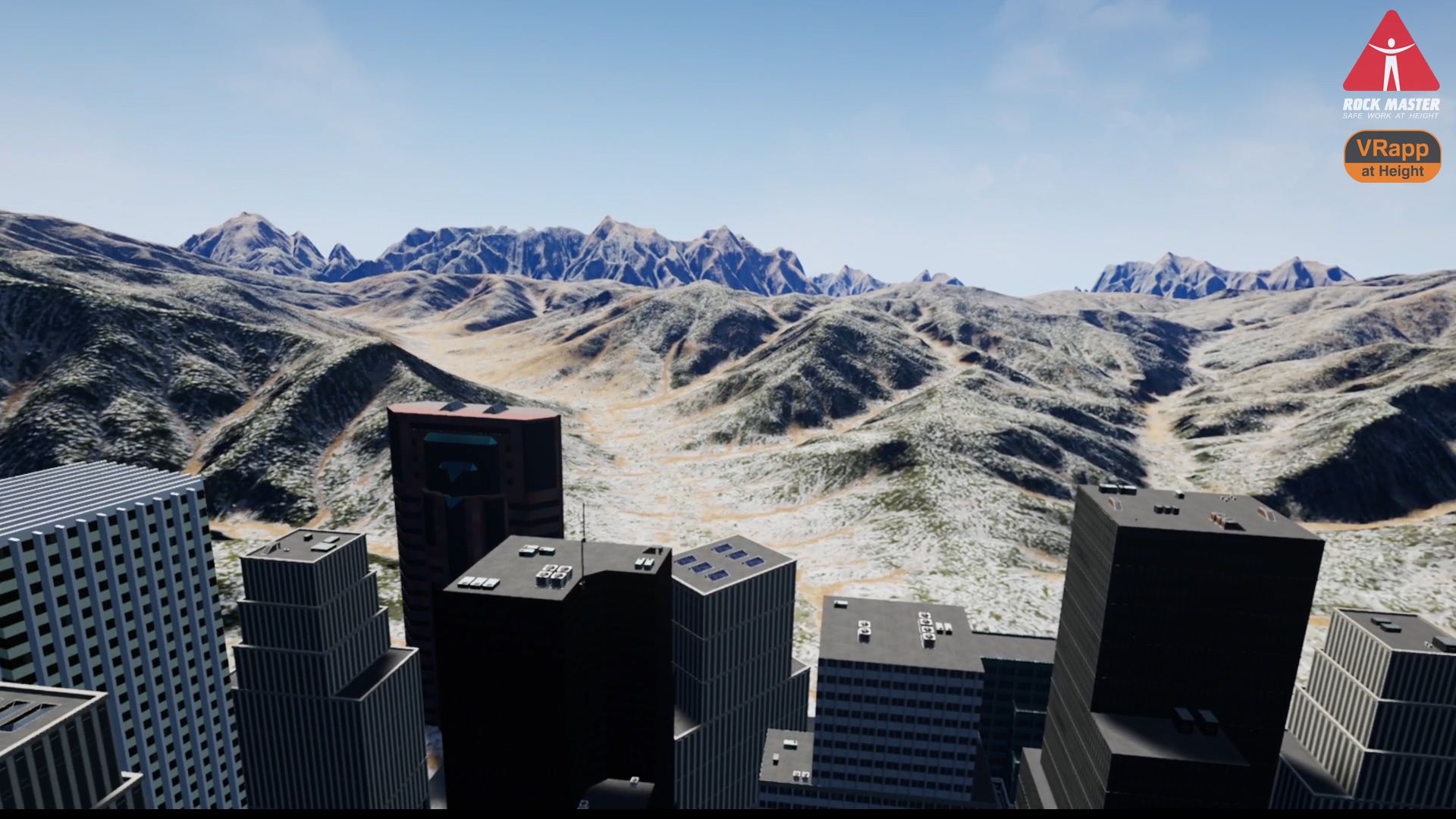
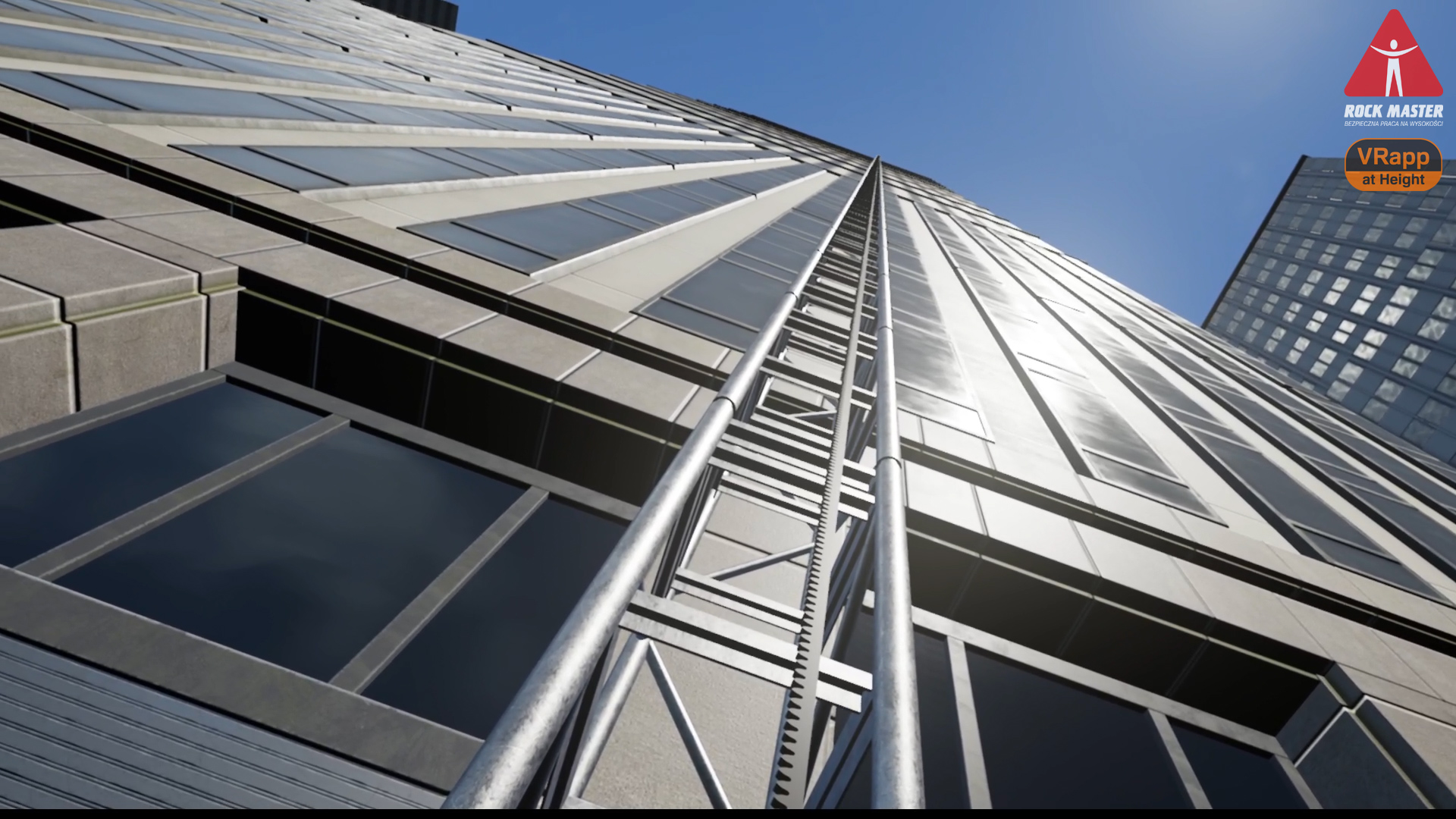
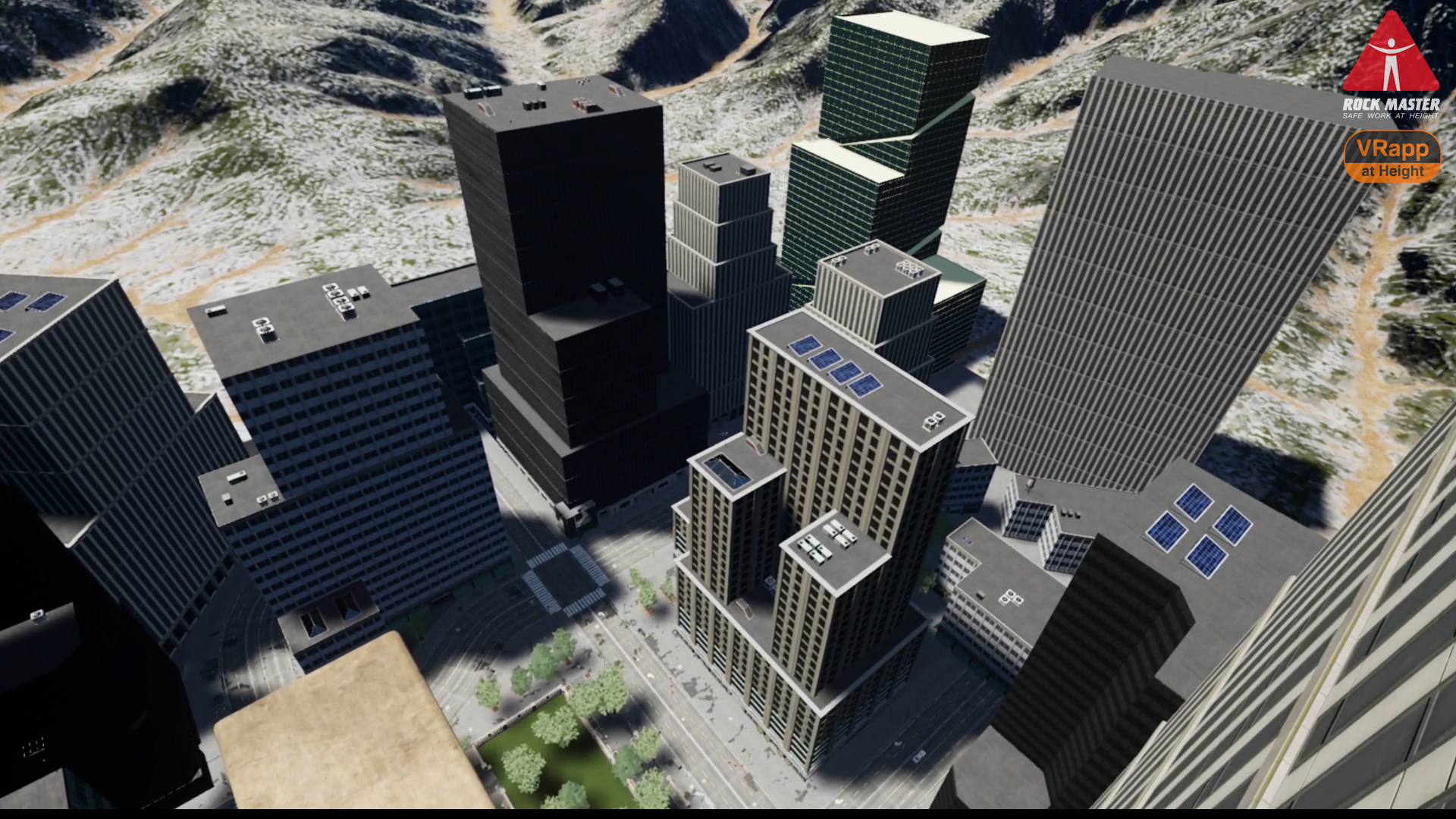
Course of treatment
The introduction to treatment consists of two stages
Stage I
- Interview with a psychologist
- Questionnaire
- Introduction to relaxation and breathing techniques
Stage I – VR
- Meadow – 3 minutes spent on a simulated meadow, with the aim of getting the subject accustomed to virtual reality and taking baseline levels of galvanic responses (GSR)
- Elevator – a task in which the subject is expected to ride a lift without any rails or barriers to a height of 200 metres, and then walk over a narrow footbridge at this height. The participant is asked to self-assess their current anxiety level on a scale from 1-5 (where 1 indicates a state of full relaxation and 5 – very severe anxiety) both before the task and after crossing the footbridge.
- Training scenario – a randomly selected training task in a VR setting; this part is designed to familiarise the subjects with lower heights in a controlled setting, thus allowing them to experience desensitisation and become accustomed to heights (the subject self-regulates how high and fast they want to move in the virtual environment).
- Lift
- Training scenario
- Questionnaire and interview with psychologist
- Takes place after a week from the first session
- Another session repeating the first cycle of VR simulation: meadow, elevator, training task, meadow, elevator

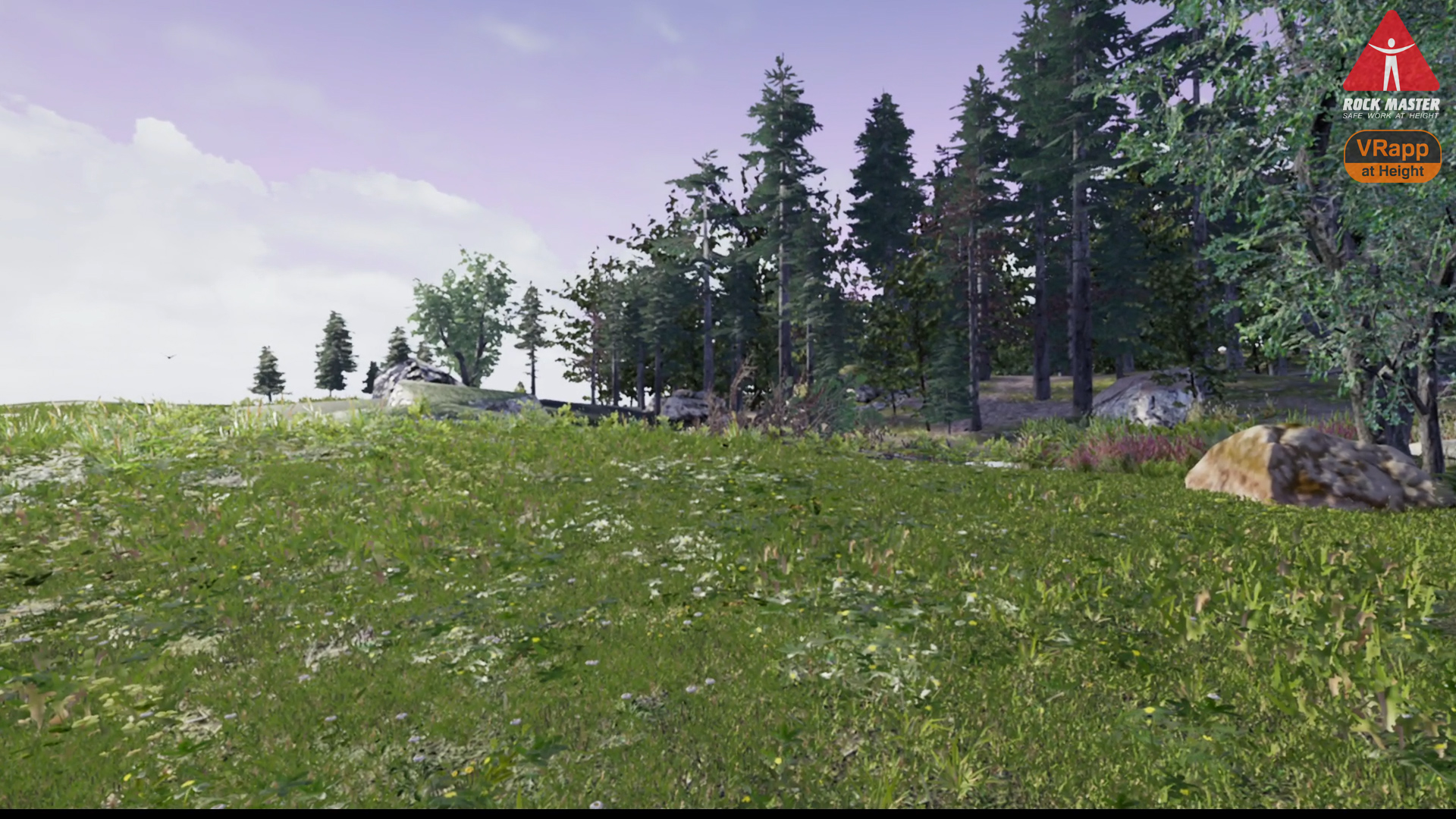
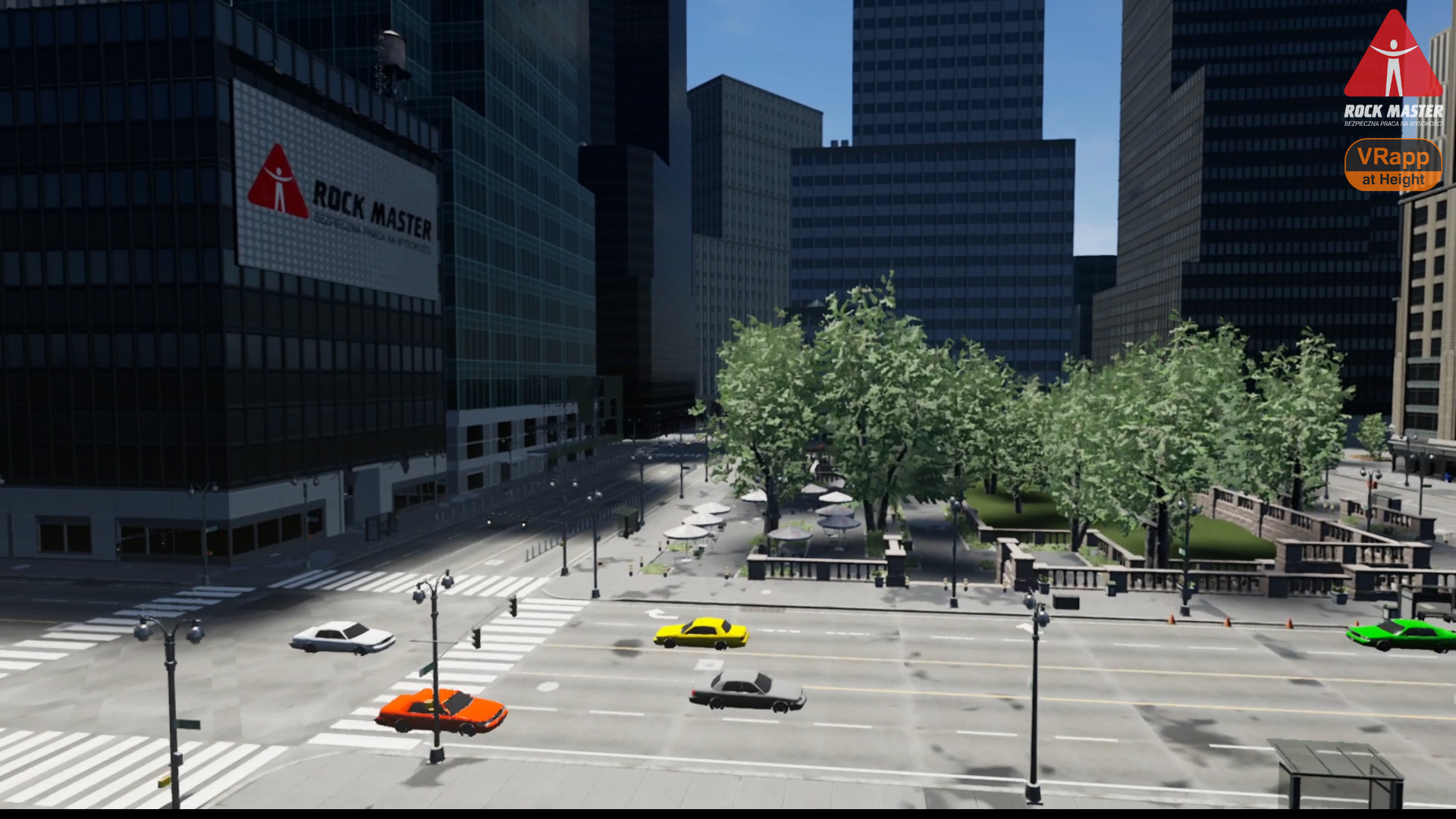
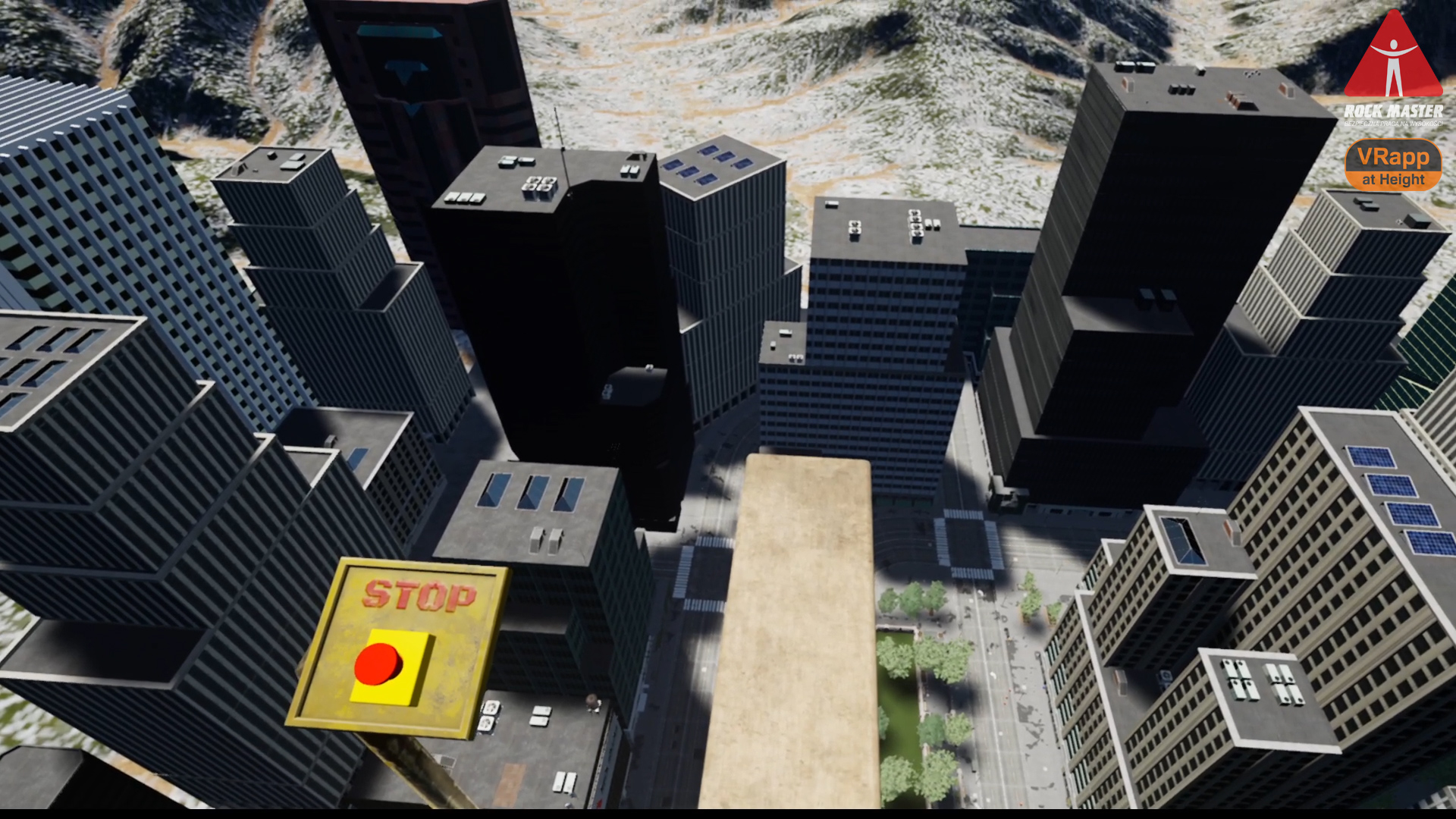
Relaxation
Relaxation scenarios are available in the therapeutic mode of our training game:
- Jacobson’s Progressive Muscle Relaxation
- Autogenic training according to Johannes Schultz
- Mindfulness training
- Meditation
